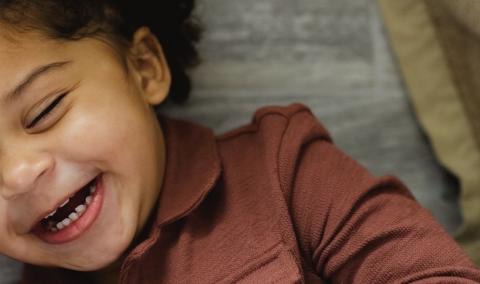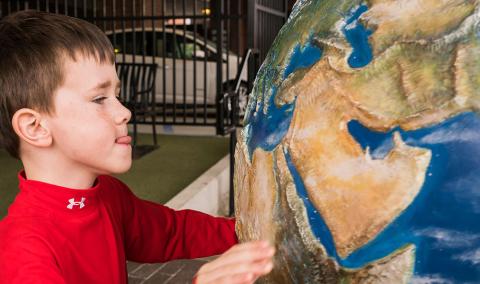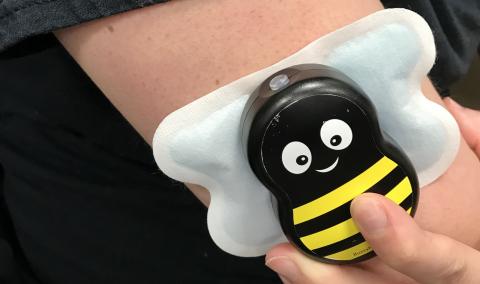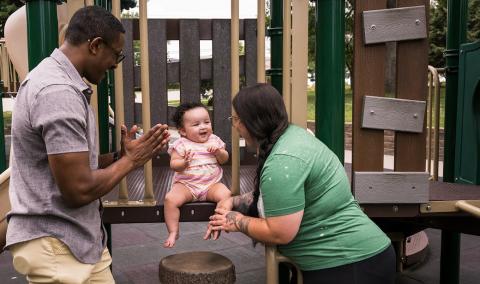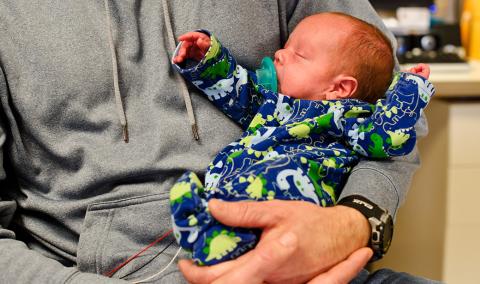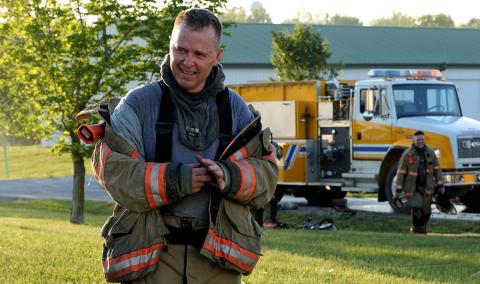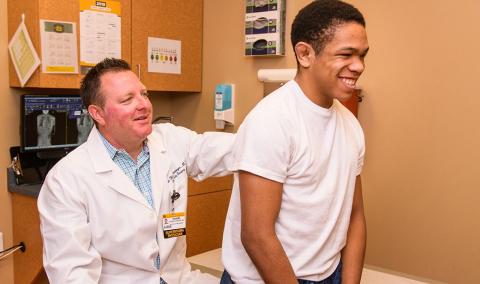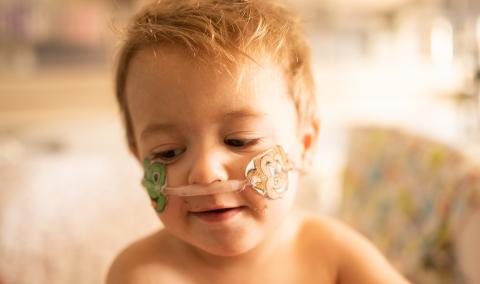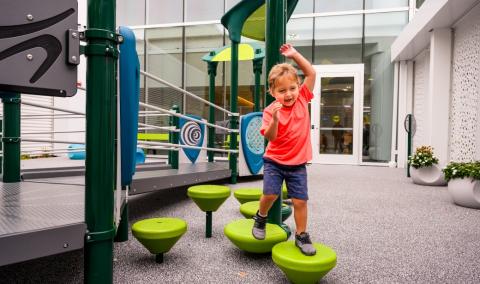Cleft lip and palate are the most common congenital anomalies (birth defects) of the head and face.
With a cleft of the lip, the child has a separation or a gap within the upper lip. This separation may also involve the roof of the mouth (palate). Cleft lip and palate (CLP) and isolated cleft palate (CP) are two separate conditions.
When your child is born with a medical condition such as CLP or CP, you want compassionate care from an experienced team of experts you can trust. The Children's Health specialists at Children’s Hospital are experienced in treating cleft lip and palate in babies and children. We work closely with your child and your family to develop a treatment plan completely customized to your situation and the specifics of your child’s condition.
Treatment for babies with clefts
While every child is treated individually with a personalized treatment plan, some generalizations are possible. Babies with cleft lip and palate will have multiple surgeries during their infancy, childhood and adolescence.
Depending upon the severity of the case, these surgeries may include:
- Initial repair of the lip and nose in the first six months of life
- Palate repair by age 12 to 18 months
- Repair of the cleft in the gum line between age seven to nine
- Jaw surgery to correct “under bite” during the mid to late teen years
- “Finishing” rhinoplasty (nasal surgery) in the teen years
Our surgeons perform each of these surgeries on an inpatient basis, with your child spending one or two nights in the hospital. Additional revision or “touch up” surgeries may be done on the lip and/or nose before the child starts school. In addition, some children need additional surgery on their palates to improve their speech.
If your baby has a cleft of the palate only, it is possible that only one surgery will be required to repair the palate. However, further surgery is occasionally required for speech problems.
Frequently asked questions about cleft lip and palate in children
Check out commonly asked questions about pediatric cleft lip and palate.
Does the cleft cause my baby any pain?
No, clefts are not painful for the infant. From the infant’s point of view, the cleft is “normal.”
What are the different types of cleft lip?
There are several different types of cleft lips:
- Unilateral cleft lip. This is when the cleft occurs on only one side of the upper lip.
- Bilateral cleft lip. This is when the cleft occurs on both sides of the upper lip.
- Complete cleft. This is when the cleft results in a gap that goes all the way from the lip and mouth into the nose.
- Incomplete cleft. This is when the gap does not extend from the mouth all the way into the nose.
- Microform cleft. This is when the incomplete cleft is very minor (a groove or a notch).
Cleft lip and palate is more common on the left side, less common on the right and least common on both sides.
What causes these clefts?
Clefts can occur in any newborn infant. There appear to be a number of different factors that make clefting more likely, including:
- Certain environmental and chemical/drug exposures
- Ethnic background
- Genetics
Many parents feel a sense of guilt that they may have somehow caused their baby’s cleft. However, in the vast majority of cases, that is not the case.
How will I feed my baby with a cleft?
Infants with clefts involving the palate have difficulty generating suction with their mouths. Therefore, breastfeeding is difficult or impossible, as is sucking from a standard bottle and nipple. However, the infant can still receive the benefits of breast milk if the mother pumps milk that is then fed through a special nipple and bottle. These types of nipples and bottles work by a “squeeze” mechanism, so that the infant does not need to suck. With special feeding accommodations, babies with a cleft lip and/or palate almost never need a feeding tube.
What specialists will be involved in my baby’s care?
The optimal treatment of children with cleft lip and/or palate is achieved in a multidisciplinary setting, as children with cleft lip and/or palate have multiple issues like speech, hearing or facial growth. A number of different health care providers from various specialties work together to treat children with clefts, including:
- Plastic (craniofacial) surgeon
- Speech/language pathologist
- Orthodontist
- Pediatric plastic surgery nurse
- Otolaryngologist (ENT)
- Geneticist
- Pediatric Psychologist/Neuropsychologist
- Developmental pediatrician
- Audiologist
- Dietician
Related Conditions & Treatments
- Adolescent Medicine
- Chest Wall Deformities
- Down Syndrome
- Emergency Care for Kids
- Gastrostomy and Feeding Access Program
- Hyperbaric Oxygen Therapy
- Juvenile Diabetes
- Neonatology
- Pediatric Anesthesiology
- Pediatric Cancer
- Pectus Carinatum
- Pectus Excavatum
- Pediatric Cardiology
- Pediatric Dermatology
- Pediatric Development and Behavior
- Pediatric ENT (Ear, Nose and Throat)
- Pediatric Epilepsy
- Pediatric Eye Care
- Pediatric Gastroenterology
- Pediatric Infectious Diseases
- Pediatric Inpatient Rehabilitation
- Pediatric Nephrology
- Pediatric Neurology
- Pediatric Neurosurgery
- Pediatric Orthopaedics
- Pediatric Plastic Surgery
- Pediatric Primary Care
- Pediatric Psychiatry
- Pediatric Pulmonary Medicine
- Pediatric Sleep Medicine
- Pediatric Surgery
- Pediatric Surgical Services
- Pediatric Urology
- Pediatric Vascular Anomalies
- Pediatric Weight Management
- Sickle Cell Disease
- Aerodigestive Program




